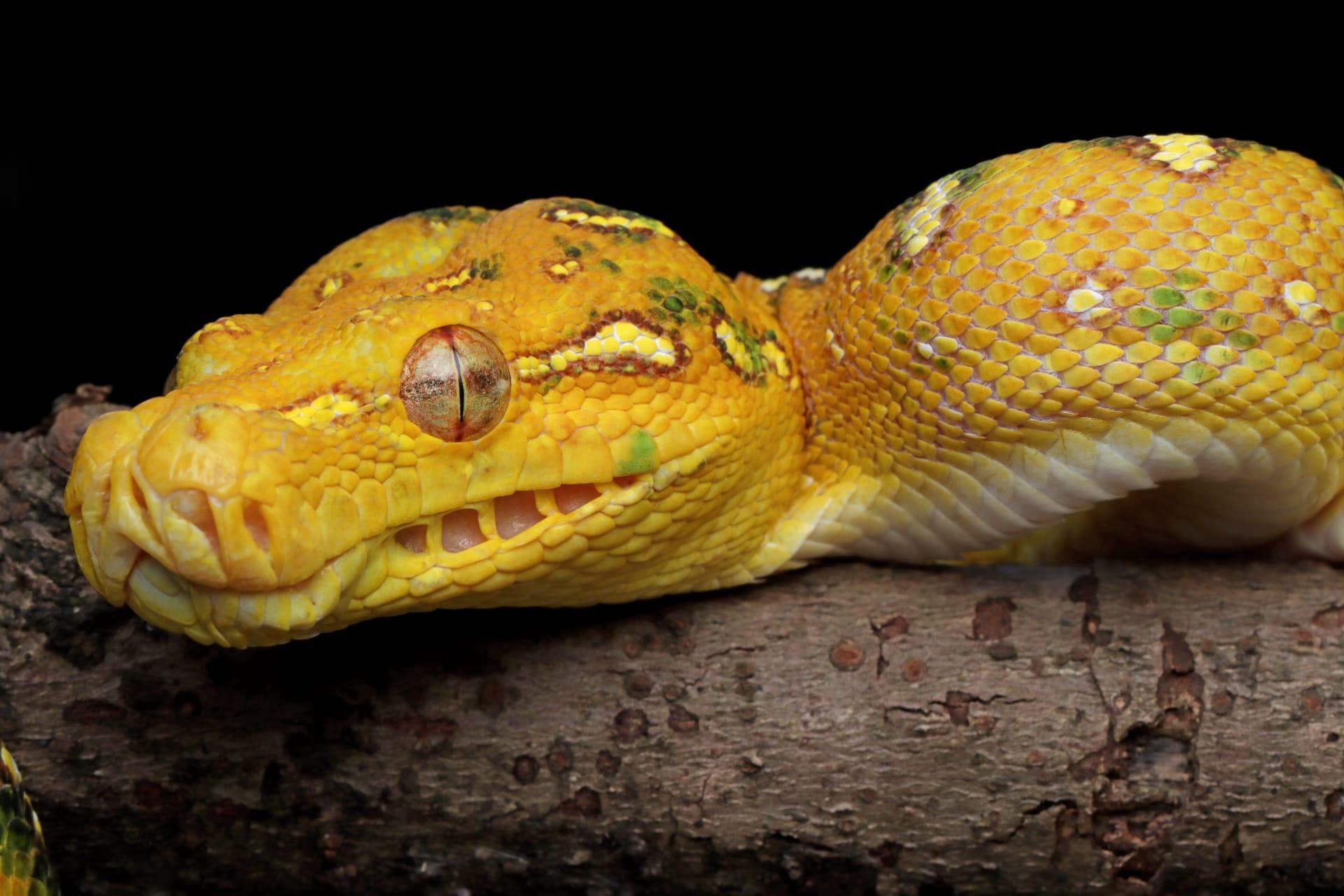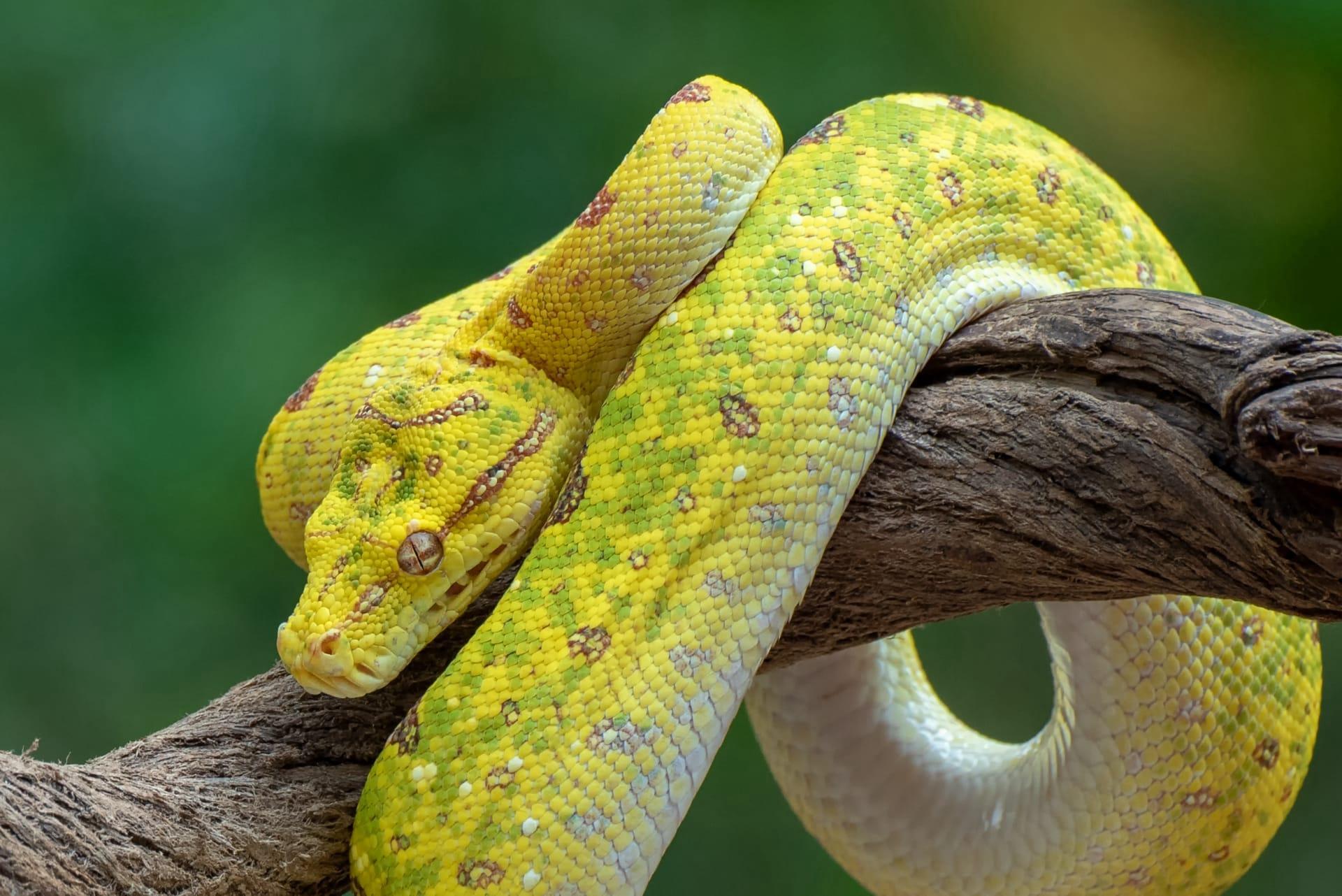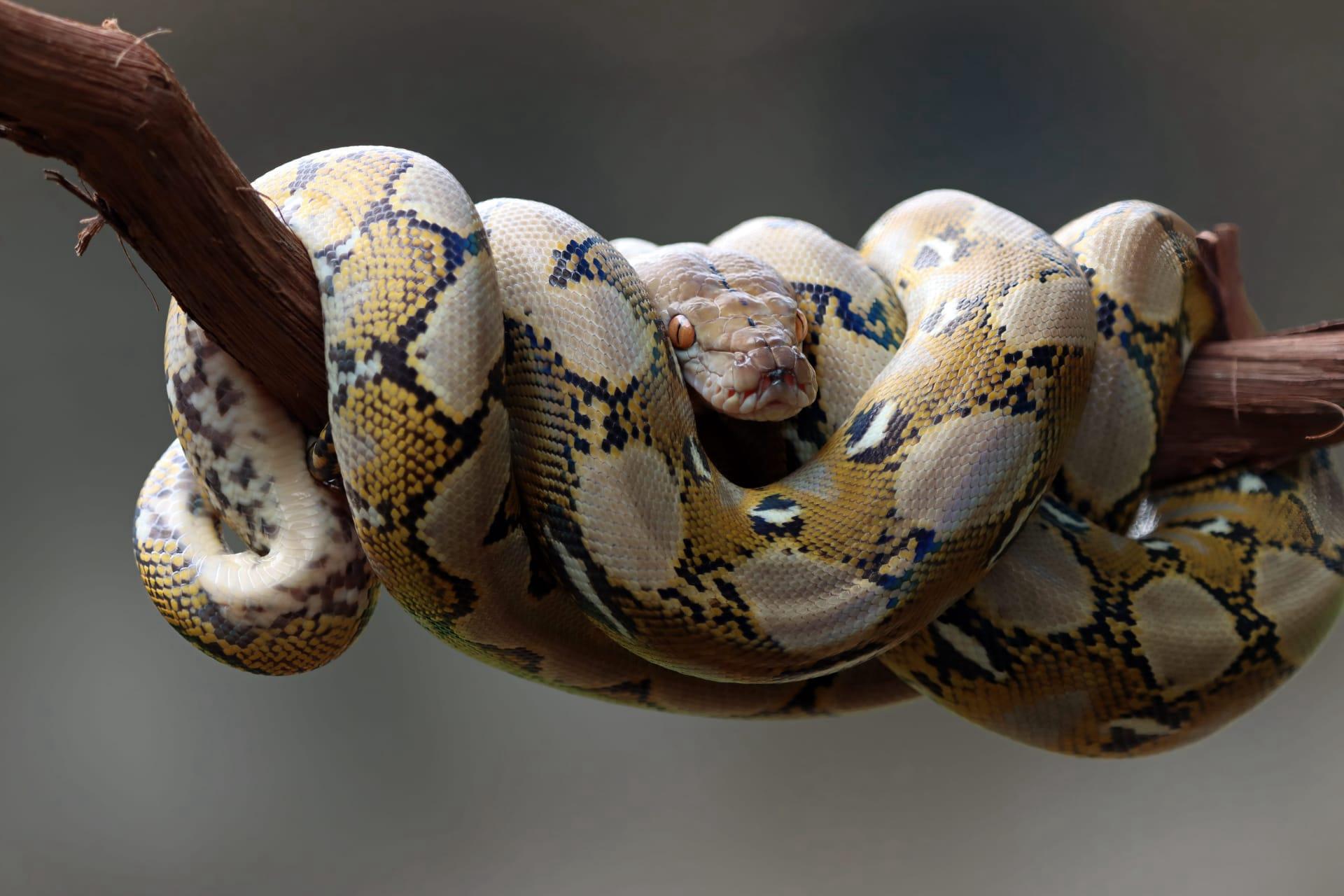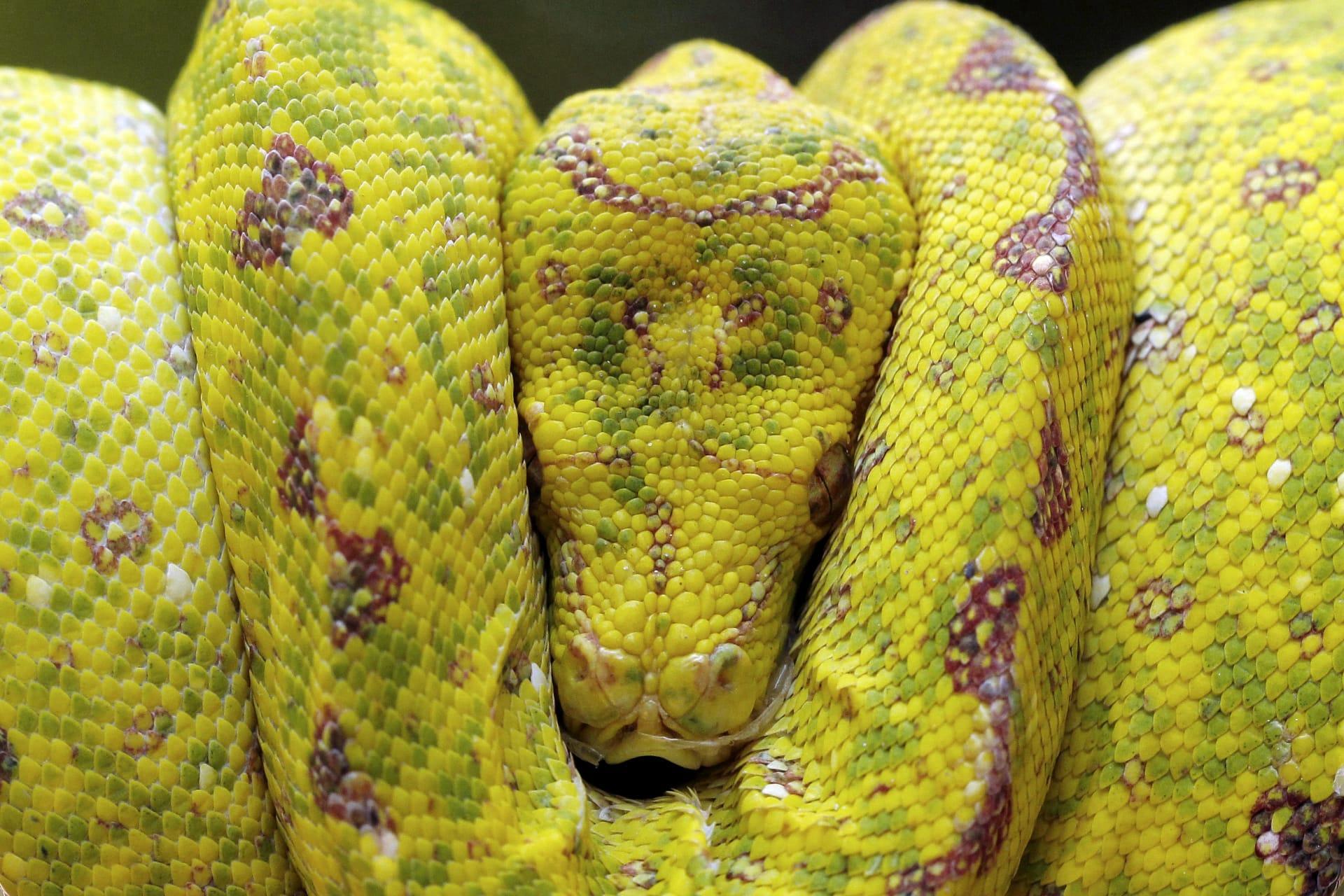Python Characteristics
- Home /
- Mini Encyclopedia /
- Animal /
- Python Characteristics
1
Pythons are among the largest snakes in the world. They can grow to impressive lengths, with some species reaching up to 30 feet (9 meters). On average, most pythons are about 10 to 20 feet (3 to 6 meters) long. Their lifespan in the wild varies depending on the species, but many live for more than 20 years. Pythons in captivity can live even longer, with some individuals reaching over 40 years of age. These reptiles are known for their robust bodies, with weights that can exceed 200 pounds (90 kilograms), making them powerful and formidable creatures.
One of the most fascinating organs of a python is its heat-sensing pits. Located along the upper lip, these pits are incredibly sensitive to heat. They allow pythons to detect the body heat of their prey, even in complete darkness. This adaptation is crucial for their hunting strategy, as pythons are ambush predators. By sensing the heat signatures of nearby animals, they can accurately strike at their prey, even if it's out of visual range. This ability makes them highly efficient hunters in various environments, from dense forests to murky swamps.

2
Question: How does a python kill its prey?
Answer: Pythons are constrictors, meaning they kill their prey by coiling around it and squeezing tightly. This method of hunting is both efficient and deadly. When a python detects its prey, it strikes quickly, grabbing it with its sharp teeth. Then, it wraps its muscular body around the prey and tightens its coils each time the victim exhales, eventually leading to suffocation. Contrary to popular belief, pythons do not crush their prey but instead exert enough pressure to prevent breathing. The prey usually succumbs due to asphyxiation or circulatory arrest. After the prey is subdued, the python begins the slow process of swallowing it whole, an ability facilitated by their flexible jaws and stretchable skin.

3
Pythons are not fast movers over long distances, but they can strike with lightning speed when attacking prey. They primarily rely on stealth and strength rather than speed. In their natural habitat, pythons often remain motionless, blending into the surroundings to ambush passing prey. They can also swim and are often found near water. Their movement is more of a slithering glide, using muscular contractions to propel themselves forward or upward.
Pythons have a unique hunting style. They are ambush predators, lying in wait for unsuspecting prey to come within striking distance. Their diet mainly consists of mammals and birds, although larger pythons can take down sizeable animals like monkeys, pigs, and even deer. They rely on their camouflaged skin to blend into the surroundings, waiting patiently for the perfect moment to strike. Once they catch their prey, they use their strong coils to subdue it, as previously described. Their ability to unhinge their jaws allows them to swallow their prey whole, a process that can take several hours depending on the size of the meal.

4
Pythons are found in a variety of habitats, ranging from rainforests and marshes to grasslands and woodlands. They are predominantly found in the warmer regions of Asia, Africa, and Australia. These snakes prefer environments that provide ample hiding spots and a steady supply of food. They are particularly adept at living in trees and water, showcasing their versatility in different ecosystems. The availability of prey and the need for a suitable ambushing spot heavily influence their choice of habitat.
Regarding reproduction, pythons are oviparous, meaning they lay eggs. The female python exhibits a remarkable behavior during the incubation period. She coils around her eggs, using muscle contractions to generate heat and maintain the correct temperature. This process is known as shivering thermogenesis. The number of eggs laid varies depending on the species, with some laying up to 100 eggs at a time. The mother stays with the eggs until they hatch, which can take about two to three months. Once the young pythons hatch, they are independent and receive no further care from the mother.

5
Book: "The Secret Life of Pythons" by Dr. Jane Wilson, published in the United States in 2010. This book delves into the fascinating world of pythons, exploring their behaviors, habitats, and the unique qualities that make them remarkable creatures. Dr. Wilson, a renowned herpetologist, uses her extensive field research to provide insights into the lives of these snakes. The book is praised for its accessible language, making it a great read for both snake enthusiasts and general readers interested in wildlife.
Book: "Python Hunters: On the Trail of the World's Largest Snakes" by Mark O'Shea, released in the United Kingdom in 2015. O'Shea, a famous snake expert and adventurer, shares his experiences tracking down pythons in various parts of the world. The book combines thrilling adventure tales with educational content about python behavior, conservation issues, and their role in the ecosystem. Filled with stunning photographs and captivating narratives, it offers an engaging look at these giant snakes through the eyes of a seasoned explorer.